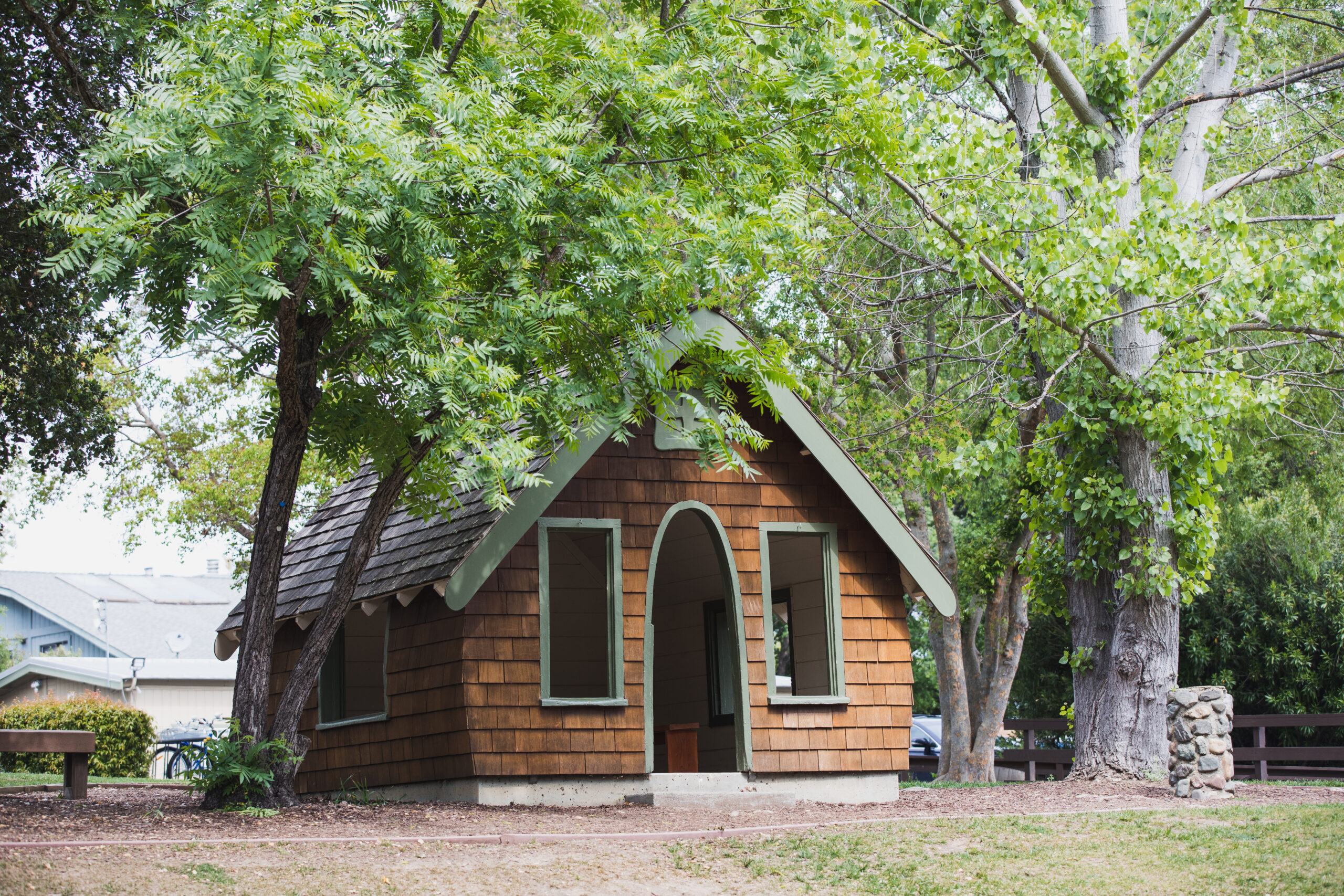These past few days, several members of the senior administrative team and I have been in Philadelphia at the National Association of Independent Schools (NAIS) Annual Conference. Nearly 5,000 educators from around the world gathered to share ideas, be inspired, and connect with colleagues old and new.
This year’s theme “Revolutionary Traditions, Think Big, Think Great” aptly reflected the location. As a historian, I appreciated the nod to our nation’s revolutionary roots and to the audacious vision set by our founders more than 200 years ago. Our nation’s creation was inspired by big ideas and steeped in aspirations of greatness—a belief that a small group of people could create and sustain a democratic republic. That belief in a more perfect union has withstood numerous tests and trials and has, in the end, grown stronger because of our nation’s ability to continue to evolve and to innovate. Or, as the NAIS organizers said, to think big and think great.
One of the highlights of the past few days was a reception we hosted Thursday evening to share the work we are doing with the Center for Teaching Excellence (CTE). Nearly 100 school leaders from around the country joined us to learn about our two CTE summer conferences—Innovative Leadership and iPad 2.0—and also to hear about our newly created Resident Teacher Program. It was exciting to share the innovative work we are doing and to have other school’s recognize the leadership role that we are taking within the independent school community.
The CTE is, of course, just one part of Vision 2015, our community’s audacious vision to take a good school and make it ever better. Evidence of the successful implementation of key parts of Vision 2015 during the last few years is everywhere, including the implementation of new programmatic improvements in English/Language Arts, math, and science, the successful launch of a 1:1 iPad program, our recent designation as an Apple Distinguished School, and the piloting of the iLab, a flexible classroom space where we are exploring how the use of space impacts teaching and learning. Clearly, as a school, we are willing to think big and think great.
One of our more recent initiatives—design thinking and the emergence of a maker’s space—actually reconnects us to our earliest years. From the founding of the school in 1935, students were given the opportunity to create, as typified by the building of the Village of Friendly Relations. This “innovation” is in many ways simply a re-emergence of one of the school’s earliest traditions. I have always believed that great schools continually balance the tension between tradition and innovation, between staying true to the past and our core values while moving confidently and boldly into the future. NAIS keynote speaker Jim Collins, author of international bestsellers Good to Great and Great by Choice, put it eloquently, as he argued organizations must find the balance between “preserving the core and stimulating progress”.
Late last week, I learned that one of our earliest graduates, Bryan Crandell Epps, passed away at the age of 81. For those who have been fortunate enough to see our school’s award-winning history film, As the Twig is Bent, you have seen Bryan and heard his heartfelt recollections of The Children’s County School (the school’s original name) and the profound impact it had on his life. Be sure to read Paul DiMarco’s article at the close of this week’s letter and listen to Paul’s interview with Bryan on the 75th Anniversary page.
I had the privilege of meeting Bryan in October 2011, at a dinner hosted by filmmaker and alumna parent Felice Leeds. Bryan was a bright, engaging, and gentle man, and also a remarkable singer. A graduate of both UC Berkeley and Boston University, where he received a doctorate in theology, Bryan spent the majority of his career in the insurance industry. He never lost his love of music, remaining an active member of the Cypressaires, a men’s chorus, until his death. He entertained a small group of us after dinner with a set of songs. Numerous times he remarked about how he had been introduced to music at the school and how that gift had stayed with him throughout his life.
Toward the end of the night, he took me aside and handed me an envelope. Inside was a check, a small gift he gave to me, he said, in order to help ensure that this generation of children would continue to be extraordinarily well served by Hillbrook. It was—and remains—one of the most moving gifts I have received during my time at Hillbrook, for it spoke not only to the power of our education but to the recognition our graduates gained for the responsibility they had to help us carry on our mission.
While I only met Bryan once, I am confident that he represents the fulfillment of our vision—to inspire students to achieve their dreams and reach beyond themselves to make a difference in the world. As we move into the future and meet the challenge to think big and to think great, we always remain focused on meeting that vision—one child at a time.
